
One of my goals for 2020 is to actually play through my "never touched" games.
I was planning stint of dedicated gaming time as part of a commitment to self care. I was drawn to games that looked like a sharply unique experience - something I had a revived thirst for after playing Persona5. I was in the mood for more games that would blow my mind a bit over how a narrative in a game could unfold.
One such game was GRIS, an indie game I picked up on the Nintendo Switch port from Steam. It was during a Nintendo Switch-specific purchasing spree I set aside for myself. I had a fat budget and crawled through the Nintendo store looking for hidden gems. This was the line that caught my attention:
GRIS is a serene and evocative experience, free of danger, frustration or death.
This is true in the technical sense - there are no enemies. You cannot die. But your surroundings evoke undeniable emotions as you traverse them.

You are a young, coat wearing protagonist who awakens in a stone hand. As it crumbles, you fall to a black and white landscape punctuated with the occasional watercolor haze.
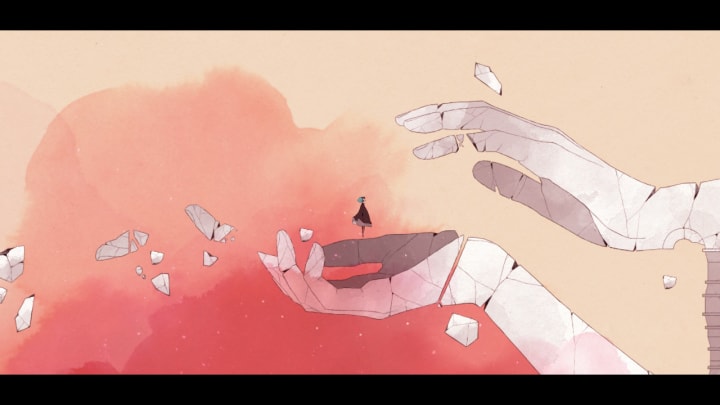
There is a beautiful score credited to "Berlinist." Little to no verbal or auditory instruction is given. There are no voice actors describing what to do; there are no bits of text scattered about dropping hints. The music and visual art is the primary way of experiencing and interacting with the game.
The user is forced to respond intuitively to what they see and hear. After the protagonist wakes up, the animation pauses. I slowly tapped on the joy stick, almost nudging the character awake. This experience of awkwardly and sleepily adjusting to how to move GRIS in this surreal world brings your mindset in alignment with theirs. This is a shared dream experience.
The first major instinct is to respond to the sense that one must explore. Various visual cues draw them towards features in the landscape that "communicate" without words. The simple skills of jumping and becoming "heavy" are unlocked. These three motions - walking, jumping, and "heavy" are the primary way they interact with the world around them. The last piece of vocabulary given to the user is the hint of collecting stars in a constellation. These are represented as concentric circles.
Once they have sorted that out, one of the few bits of text appear.
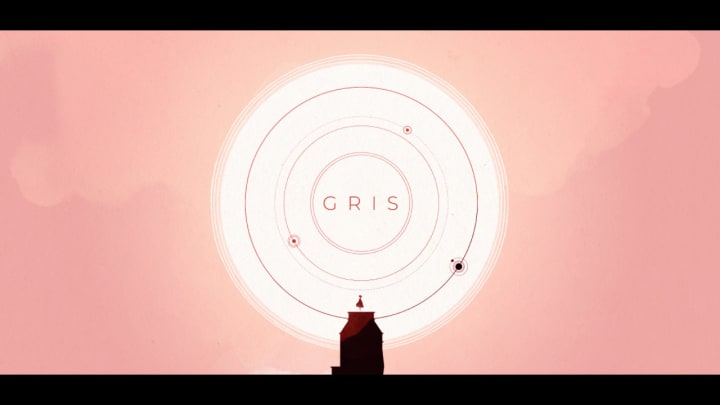
From here they mostly engage in some light puzzle solving with basic physics as the primary "language" hinting towards level advancement.
If an obstacle is encountered during their journey, they simply have to "recall" how to leverage one of their skills to move forward (like becoming heavy against the push of strong winds). Music assists with the concept of doing actions in a sequence or pattern. The relationship between the music and the visual cues in the landscape are intimately sewn together. Discovering that specific patterns of key strokes that can manipulate the landscape is discovered and animated in interactive time. The strong themes of lucid dreaming are reinforced by this self discovery process.
And, as the quote promised, there are absolutely no external forces plotting their demise. Any moving creatures in the world are there to benignly assist as part of a cooperative effort to advance.
The beauty of this game cannot be overstated enough. It is part of the game play to pause and drink in the surroundings.

Pushing through the landscape triggers a transformation of the landscape itself. One of the few written cues in the game is the concept of "unlocking" colors and unleashing them into the black and white world. Red, green, blue - each color transforms the landscape into a new stage in their journey.
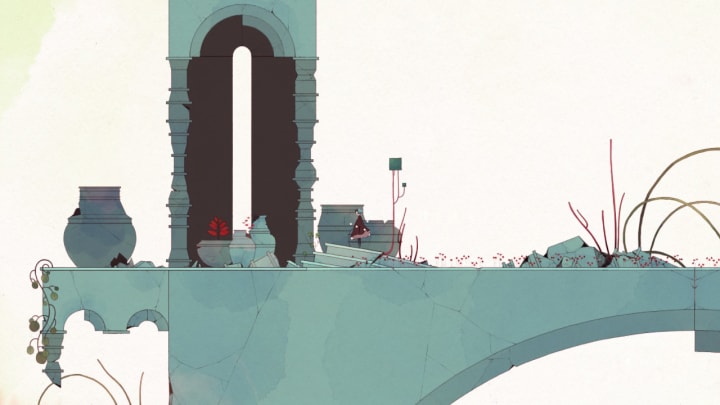
The art in this game is breathtaking enough that simply walking through it is satisfying entertainment - a claim I do not make lightly. One of my biggest concerns as I was playing was if this dreamlike pacing could sustain my attention and not get tedious. That concern evaporated. Certain spaces I naturally slowed down; others I immediately pushed through. It felt natural.
It very well could not be a game for everyone, but I certainly had no issue with sustained immersion. The first time I picked up this game, I couldn't put it down for two hours. I couldn't stop thinking about it for days.

There are certain places that bring pause simply due to the striking surroundings. Every frame of GRIS is cinematographic quality. All of these screen shots are of in-game play moments that struck me as deeply beautiful. They are not animations that simply play on their own. GRIS provides the experience of interactive art on a level I personally have not had before.

One thing that particularly caught my eye was the tight use of scale to control the experience of the landscape. The game tightly frames each experience for maximum emotional impact. When transitions occur in particular, it zooms intimately close to Coat Wearing Protagonist.

As they explore the forest, the vastness of its foggy beauty is revealed. There is a strong sense of life all around as they walk from the right side of the screen to the left - a bit of a contrast against traditional left to right side scrolling.
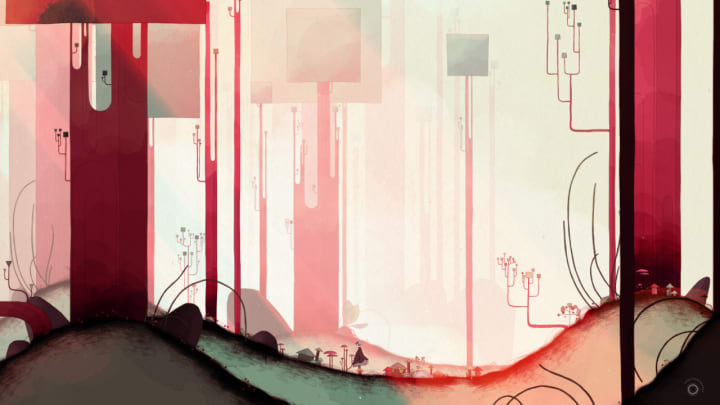
A sharp eye would catch square shaped apples starting to appear scattered around the ground. Eventually a friendly little apple eating creature appears to help you manipulate the landscape so you can continue your journey. This introduction zooms includes a well framed zoom in so that you can admire your temporary companion. The interaction is pure wholesome joy.

Another feature that is remarkable is how GRIS approaches the concept of "boss battles" without violating the pledge that there is no "danger, frustration or death."
How can you defeat something that cannot kill you? Isn't conflict the foundation of basic story telling?
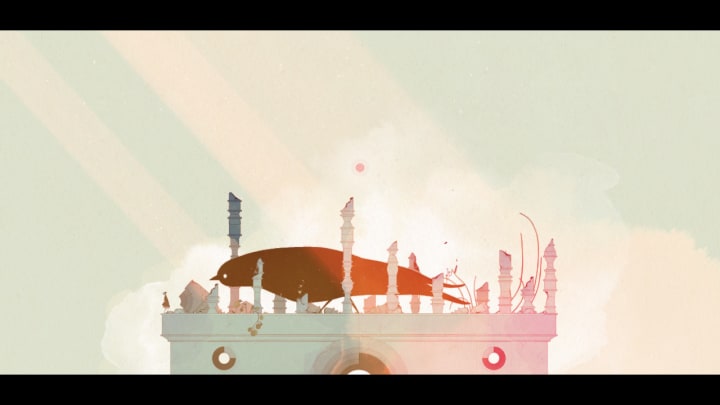
The boss battle was unlike any I have done before. Rather than sorting out how to kill the bird, I had to figure out how to harness it's own pattern language to advance in the landscape. That might sound absurd - but a common video game trope with killing any boss is simply sorting out its "pattern" and adjusting your battle strategy to it.
"Defeating" the bird felt like overcoming an obstacle. At times I wasn't sure if I was fleeing from the bird or confronting it. If I was stuck, I had to calm down despite the urgency of the music and watch the bird closely. Once I figured out how to calmly get past the bird, I finally was able to overcome its threatening presence.

This is just a peek into this lovely game.
If you are interested in a deeply immersive treat that offers a unique narrative style set in a surreal and dreamy world, check out GRIS. It's available both on Nintendo Switch and Steam.
Like my work? Check out my other stuff and feel free to leave a tip.
About the Creator
idrial
I'm already a cyborg
30 something DevOps software engineer recovering from four spine surgeries
code, knit, crochet, hook, cook, bullet journal, geek


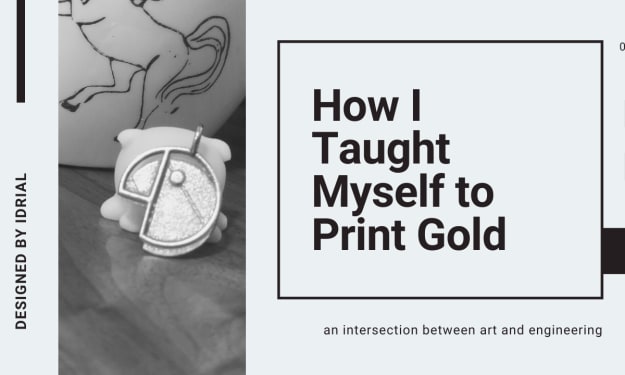



Comments
There are no comments for this story
Be the first to respond and start the conversation.